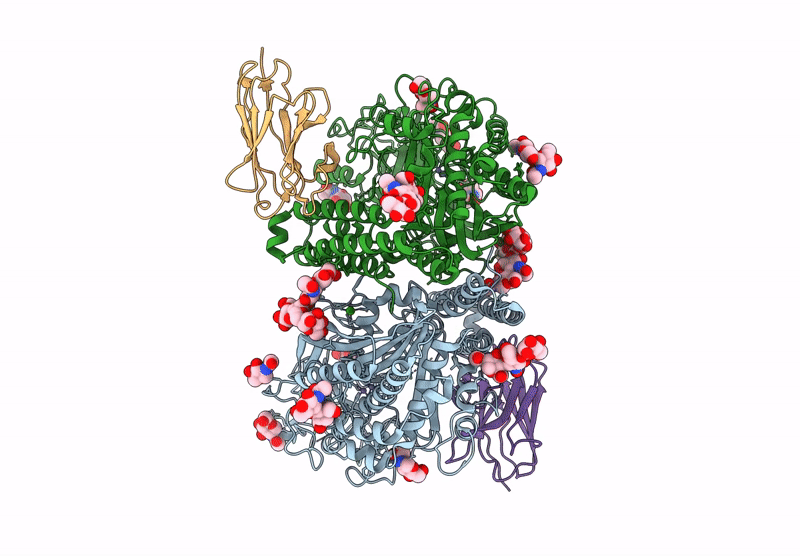
Deposition Date
2024-12-05
Release Date
2025-07-16
Last Version Date
2025-07-23
Entry Detail
PDB ID:
9HLW
Keywords:
Title:
Prostate Specific Membrane Antigen (PSMA) in complex with nanobody7
Biological Source:
Source Organism:
Homo sapiens (Taxon ID: 9606)
Camelus dromedarius (Taxon ID: 9838)
Camelus dromedarius (Taxon ID: 9838)
Host Organism:
Method Details:
Experimental Method:
Resolution:
2.66 Å
Aggregation State:
PARTICLE
Reconstruction Method:
SINGLE PARTICLE


